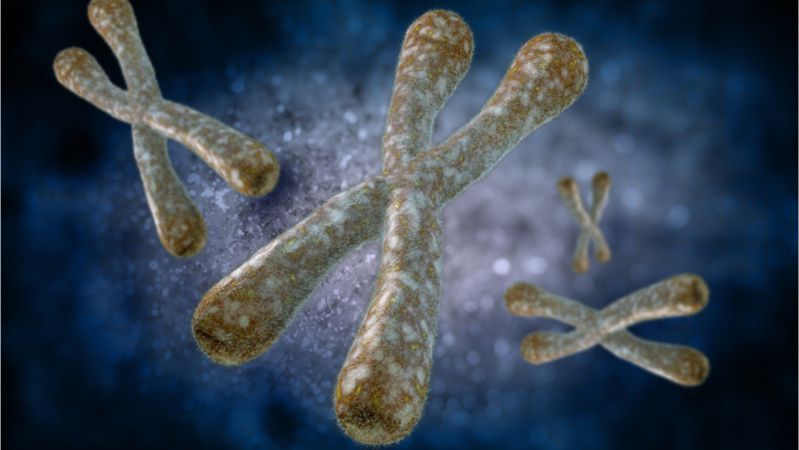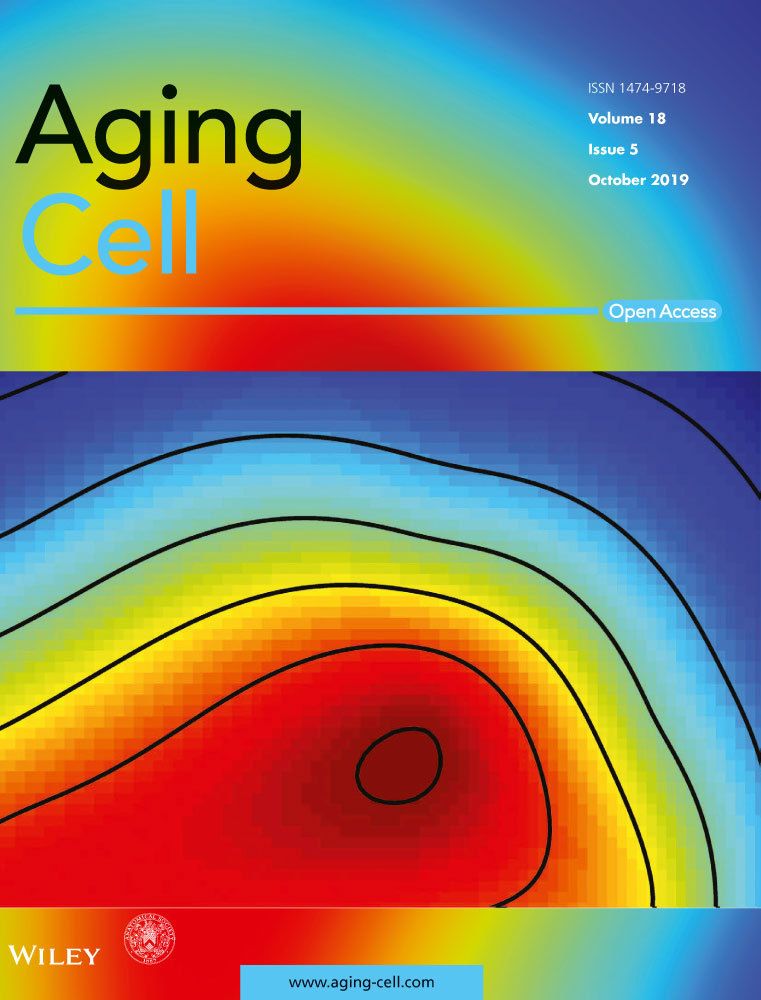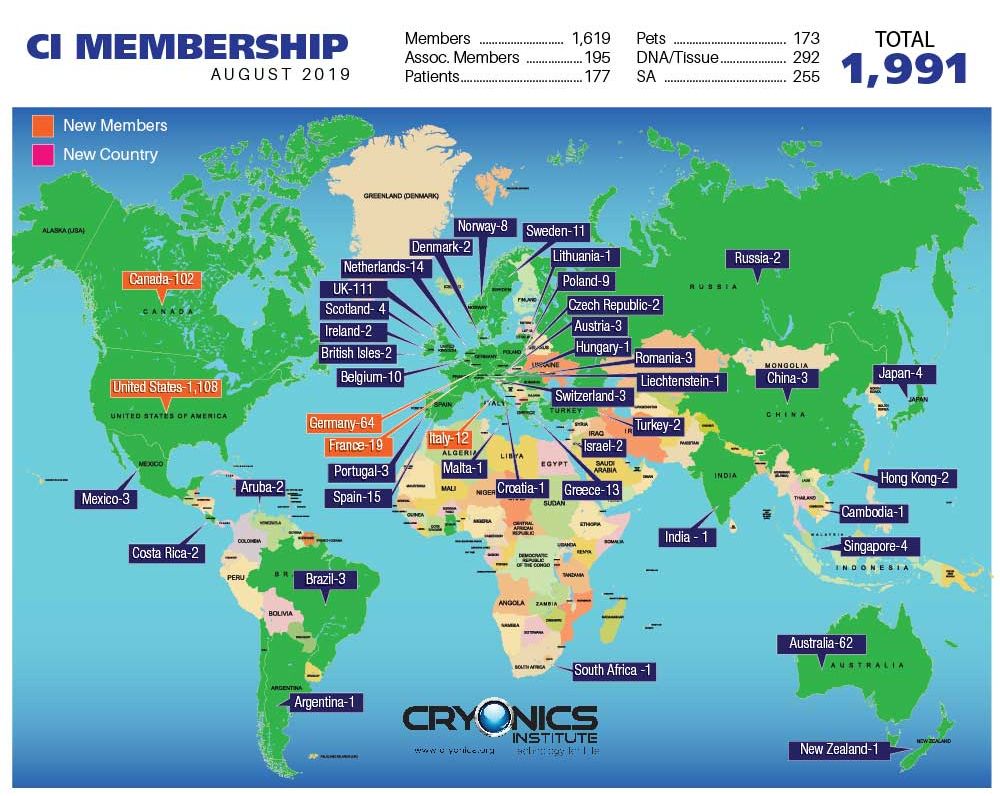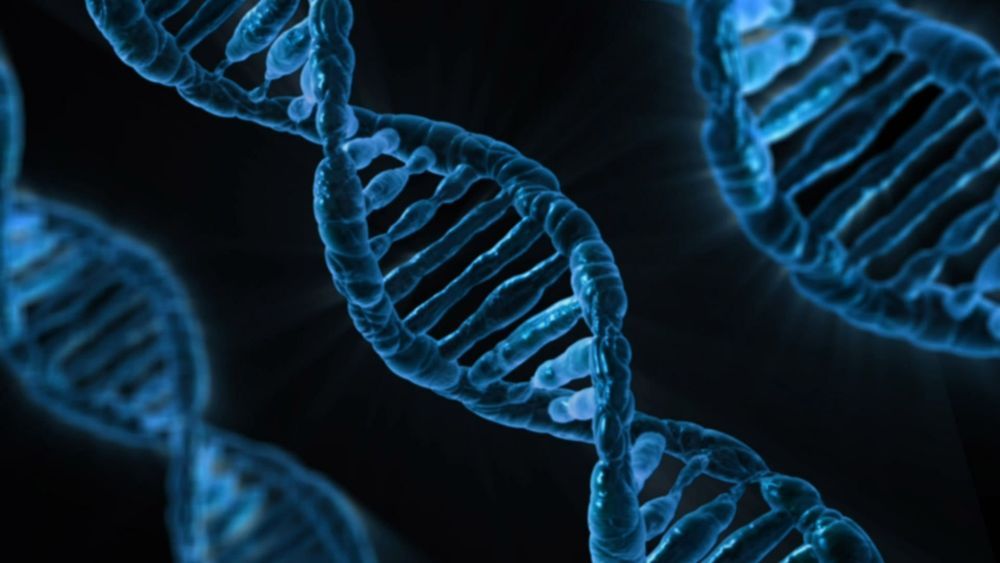A joint study by researchers at the National Institutes of Health (NIH) and the University of Maryland (UMD) has revealed a previously undocumented protective function of the telomerase enzyme.
Telomerase is used by somatic cells too
It was thought for a long time that telomerase is only active in certain cell types, such as stem cells, immune cells, and embryonic cells, in order to protect them from aging. Aside from a few cell types and, of course, cancer cells, which are able to hijack the telomerase enzyme in order to replicate uncontrollably, researchers believed that the enzyme is switched off in other types of cells.








